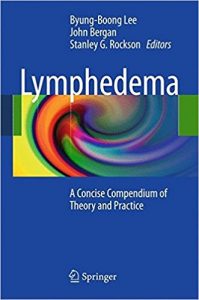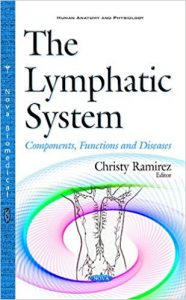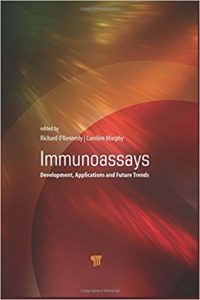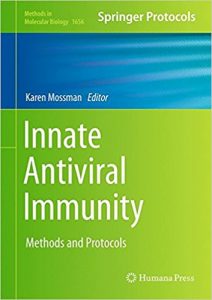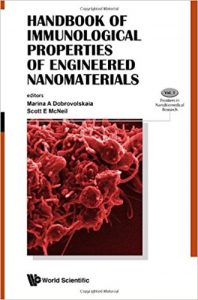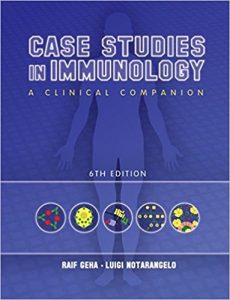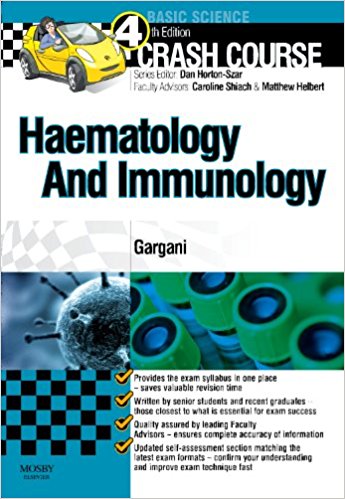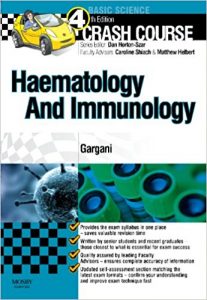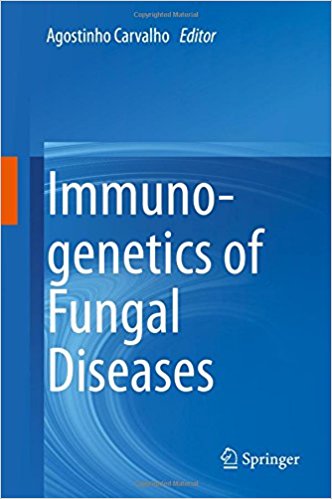Tumor Immunology and Immunotherapy 1st Edition
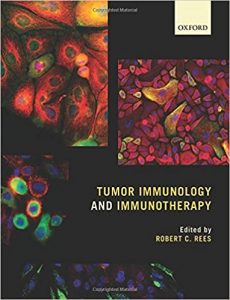
[amazon template=iframe image2&asin=0199676860]
Patients are beginning to benefit from antibody based, cellular and vaccine approaches that are effective against genetically diverse and therapy-resistance cancers. BCG immunotherapy is now being used as a first line treatment for human bladder cancer and the introduction of prophylactic vaccination against Hepatitis B and HPV cancers is starting to show positive results. Following recent FDA approval for a vaccination against prostate cancer, and optimistic results in clinical trials for a vaccine targeting cancer antigens in lung cancer, cancer immunotherapy is now significantly impacting patient clinical management.
Tumor Immunology and Immunotherapy provides an up-to-date and comprehensive account of cancer immunity and immunotherapy. It discusses our adaptive and innate immunity to cancer, the mechanisms underpinning our immune response, current approaches to cancer immunotherapy, and how tumour and host responses can circumvent effective anti-cancer immunity.
The book examines recent results, publications and current areas of interest including ‘immune editing’ and the specific issues that are affecting the research and development of vaccines, providing insight into how these problems may be overcome, as viewed by world leaders in the field. Tumor Immunology and Immunotherapy will appeal to clinicians working in oncology and cancer immunotherapy, and research scientists including PhD and masters students, post-doctoral researchers and senior investigators.

